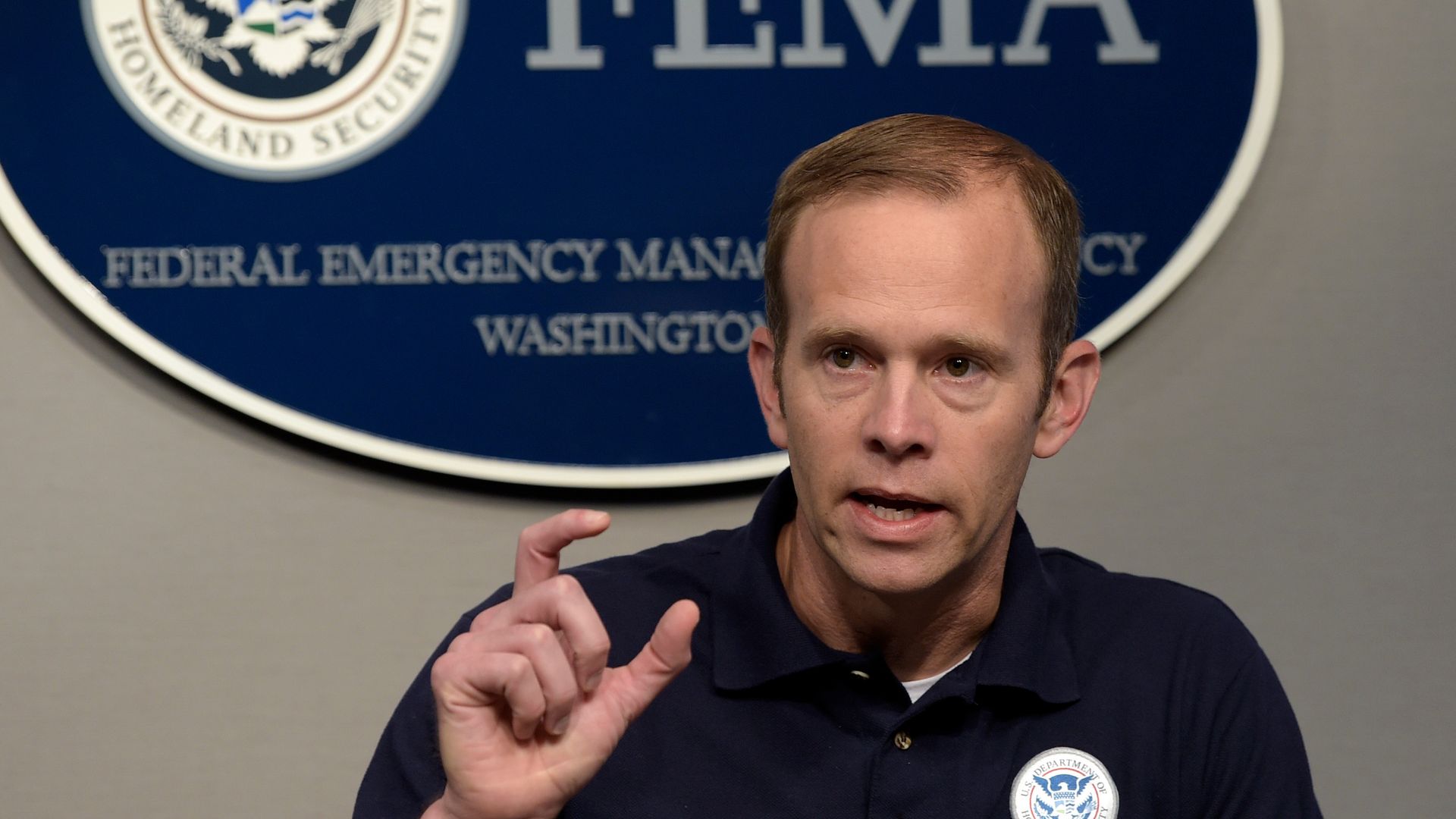In a move that aims to safeguard communities across the United States from the increasing threats of climate impacts and other hazards, the Federal Emergency Management Agency (FEMA) has announced the designation of nearly 500 Community Disaster Resilience Zones. These newly designated zones grant priority access to federal funding aimed at fortifying these areas against a range of natural disasters, including floods, earthquakes, droughts, wildfires and hurricanes.
“While natural disasters can be highly unpredictable, FEMA has risk index tools to help us know where we should prioritize our disaster mitigation funding,” Sen. Rob Portman, R-Ohio, said. “Research has found that for every dollar invested into mitigation, communities are saved six dollars due to reduced future losses.”
These recently-established 483 Community Disaster Resilience Zones encompass approximately 2 million U.S. residents, with each of the 50 states and the District of Columbia having at least one such designation in place. California, Texas, and Florida hold the most designated zones, with 51, 35, and 32 respectively.
This development follows the passage of the Community Disaster Resilience Zones Act of 2022, which mandated FEMA to identify and support areas particularly vulnerable to natural hazards. In fulfilling this legislative directive, FEMA employed an assessment approach that evaluated various natural risk factors, while also taking into account socioeconomic conditions that may impede a community’s ability to respond effectively to such events.
“The act aims to increase resilience efforts and preventative measures designed to address underserved communities most at risk to natural hazards,” FEMA said in a statement. “Consistent with legislative direction, FEMA considered natural hazard risk from a national and state level while accounting for factors that reflect disaster impacts felt by coastal, inland, urban, suburban and rural communities.”
The designations will remain in effect for a five-year period, with plans to expand the list of designated communities later this year and again in 2024.
Government officials have asserted that these designations will play a pivotal role in bolstering the resilience of communities facing heightened risks from natural disasters and extreme weather events.
“These designations will help ensure that the most at-risk communities are able to build resilience against natural hazards and extreme weather events, which are becoming increasingly intense and frequent due to climate change,” FEMA Administrator Deanne Criswell said. “This aligns with Congress’s direction and other FEMA initiatives to get federal support and resources to the communities that need them most.”
The overarching objective of FEMA’s initiative is to stimulate disaster risk mitigation efforts within these designated areas, in addition to attracting private sector investment in the still-evolving field of climate adaptation. By establishing these Community Disaster Resilience Zones, FEMA is attempting to create a nationwide network of fortified communities capable of withstanding the increasing challenges posed by climate change and other natural hazards.


